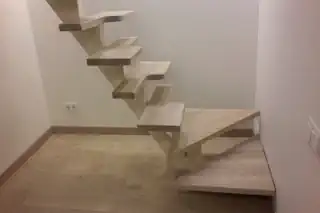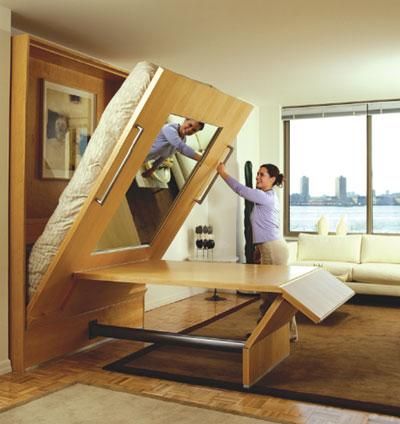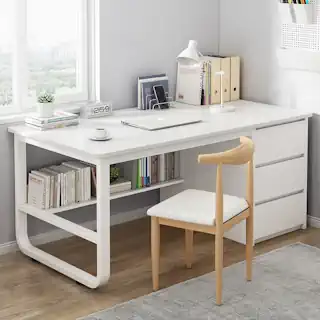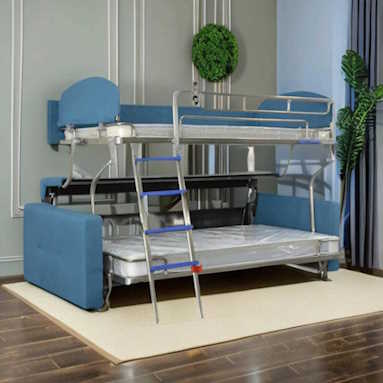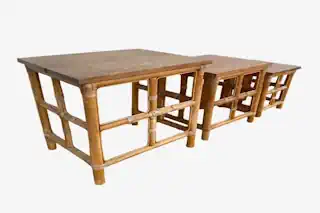Different Types of Dinning Tables: A Working Guide
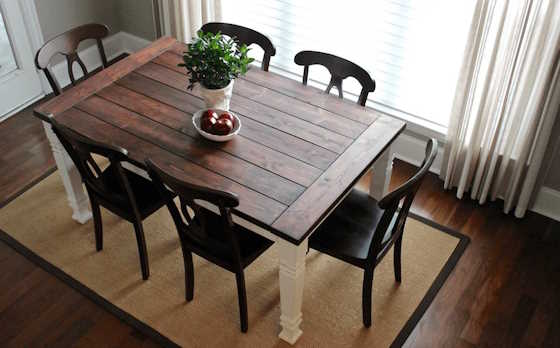
Your dining table is the unspoken centerpiece of countless memories and a foundation of your home’s identity. From those hearty family Thanksgiving dinners to daily shared meals that cultivate bonds, the role of a dining table is more than functional—it’s sentimental. With an array of styles and designs to choose from, we understand that the selection process can be overwhelming. That’s why this working guide is perfect for home decor enthusiasts, interior designers, and anyone ready to renew the heart of their home.
Traditional Dining Tables
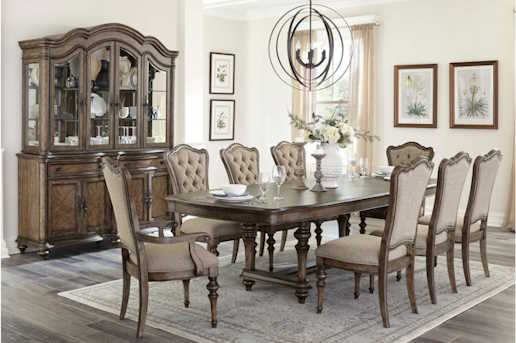
If you’re a fan of classic aesthetics and timeless elegance, the traditional dining room table is your go-to choice. These pieces often feature solid, carved wood, and come in rectangular or round shapes supporting a cozy, familiar atmosphere. When paired with antique or richly colored chairs, they evoke images of Victorian feasts and old-world charm, fitting beautifully into formal dining rooms or living areas.
Characteristics and Styles
Think ornate legs and sturdy structures—traditional dining room tables are often the epitome of craftsmanship. A classic mahogany-finished rectangular table speaks to the past, while a pedestal-style round table keeps things intimate and friendly.
Ideal Decor Schemes
These tables find a perfect match in homes that lean towards the classic, formal, or opulent interior design styles. They pair exceptionally well with heavy drapery, classic artwork, and large crystal chandeliers for that full, fairytale effect.
Modern Dining Table Styles
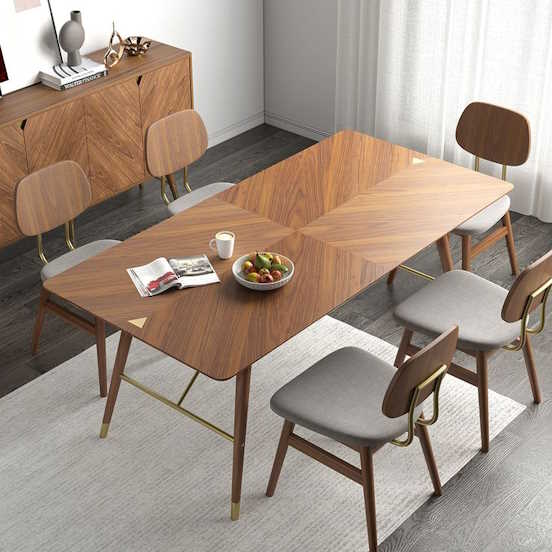
In contrast, modern dining tables reflect the bold, clean lines and simplicity characteristic of 20th-century design movements. They often feature materials such as glass, steel, or even concrete, providing a stark, minimalist impression. Perfect for the contemporary urbanite, these tables can lend a sense of space and airiness to any room, making them a versatile choice for open-concept living areas.
Features and Design Elements
Modern tables can have either a profile shape with a slim edge or a solid block form. They are more about function and less about ornamentation, making them chameleons in design schemes. When the right lighting fixture hovers above, they become showcase pieces.
Compatibility with Contemporary Interiors
From high-rise lofts to sleek, minimalist townhomes, modern tables find their place. They’re the canvas to bold art and natural light, making them the perfect backdrop for a contemporary lifestyle.
Space-Saving Dining Tables
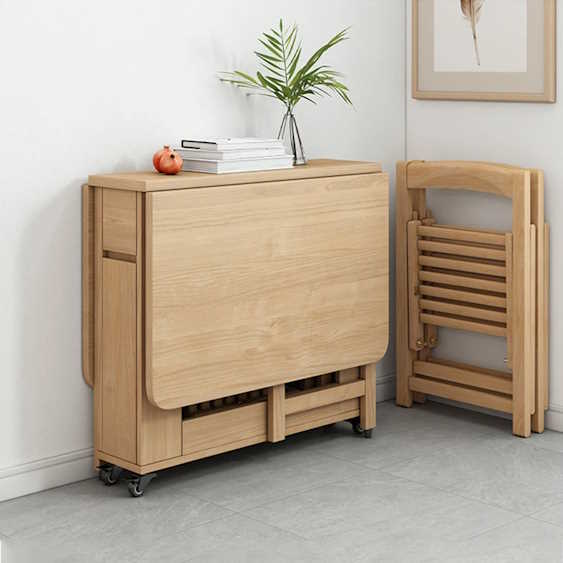
For those who live in a smaller home or value multi-functionality, space-saving dining tables are a revolution in furniture design. With the ability to fold, extend, or transform, these tables provide the luxury of a dining experience without the permanent commitment to a large piece. They are the epitome of practicality, and in today’s fast-adapting world, that’s a treasure.
Transformable Tables
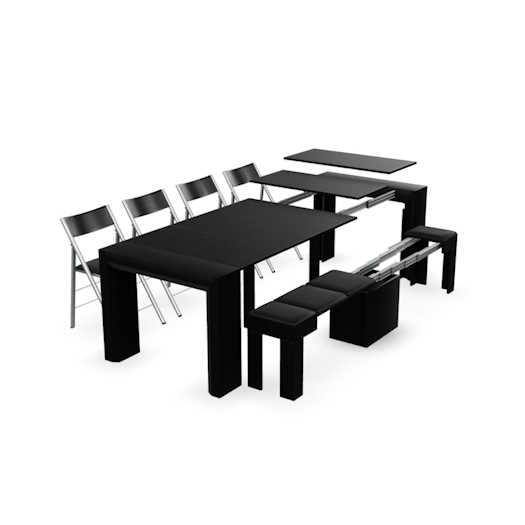
Convertible or adjustable dining tables go from small console tables to accommodate for intimate dinners to tables that seat a grand cast when fully extended. They come in a range of shapes and materials, ensuring you won’t have to compromise on style or substance.
Benefits for Small Spaces
These tables serve those living in studios or apartments, but also those who believe in a dynamic living space. If your dining room needs to be a workspace or a living area part-time, these tables rise to the challenge, offering a solution that adapts to your lifestyle.
Rustic Dining Tables
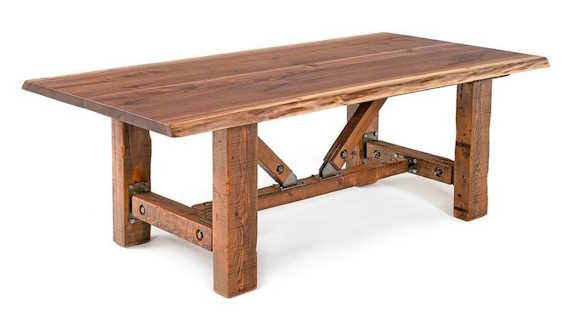
If you long for the character of a bygone era, rustic and farmhouse dining tables speak a language of warmth and homeliness. They often feature reclaimed woods, weathered finishes, and robust designs that suggest simplicity and integrity. Pair them with ladder-back chairs and mason jar centerpieces for a look that feels ‘lived-in’ and welcoming.
Aesthetics and Materials
Barn doors may come to mind—these tables often feature thick, plank-like tops and substantial turned legs. They stand up to the busy-and-bustle life with grace while offering a slice of honest design heritage.
Complementary Decor Themes
In kitchens with soft color palettes and open shelving, or a homely dining area nestled between the kitchen and lounge, rustic and farmhouse tables create a natural, continuous flow. Their aged look makes them at one with any area where family and friends gather.
Choosing the Right Dining Table
Selecting a dining table goes beyond personal taste—it’s about finding harmony within the space and considering the practical aspects of daily life. Here are some essential factors to weigh:
Size and Shape
Your table should fit the space without crowding it. Rectangular tables are great for defining larger rooms, while round tables can foster a sense of intimacy and circular flow in smaller areas.
Material and Maintenance
Consider the material of your table—wood might require more maintenance than glass, and your lifestyle will dictate what’s most convenient. Think about the day-to-day use of the table and how much care you’re willing to invest.
Style and Versatility
Ensure the table’s style complements your space, and think about whether you might redecorate in the future. Versatility in design can mean you don’t have to replace your table with every change of curtains.
Conclusion
Your dining table is more than a surface for meals—it’s where your stories are told, and where you come back to ground your day. With this guide, we hope you’ll find the perfect anchor to your home, one that reflects who you are and the life you live. Remember that the best choice is the one you’ll gather ’round with joy, no matter its style or size.
Whether it’s an heirloom in the making or the latest in transformable modernity, may your new dining table serve as a conduit for connection, comfort, and community.
Frequently Asked Questions (FAQs)
How do I choose the right size dining table for my dining room?
To select the right size, start by measuring your dining room area. Ensure there’s enough room to easily walk around the table, even when chairs are pulled out. A general rule is to allow at least 36 inches (about 91 cm) from the table’s edge to the wall or any other furniture.
Can a dining table be too big for a room?
Yes, a table that’s too large can make a room feel cramped and leave insufficient space for moving around comfortably. It’s crucial to balance the table’s size with the room’s dimensions and the available walking space. This is especially true for a kitchen table.
What’s the best material for a dining table?
The “best” material depends on your lifestyle and maintenance preferences. Solid wood dining tables are classic and warm but may require regular upkeep. Glass top tables are modern and easy to clean but can show fingerprints and smudges. Metal and stone offer durability but might lack the warmth of traditional wood.
How do I protect my dining table?
Use coasters, placemats, and tablecloths to protect the surface from heat, spills, and scratches. Consider a glass top if you’re worried about damage to a wooden table. Regular maintenance, like polishing wood or cleaning glass, can also extend your table’s life.
Can I mix and match dining table styles with different chairs?
Absolutely! Mixing and matching table styles with different chairs can create a unique, eclectic look. Just ensure the heights are compatible and the styles complement each other to maintain a cohesive appearance.
Is it better to have a round or rectangular dining table?
The choice between round and square tables depends on your space and needs. Round tables can enhance social interaction and fit well in smaller spaces. Rectangular tables are better for larger gatherings and defining dining areas in open-plan spaces. Don’t forget the oval dining tables as an interesting choice for your dining space.
How often should I replace my dining table?
There’s no set rule for replacing your dining table. If it’s well-maintained, a good-quality table can last many years. Consider replacing it when it no longer fits your space, style, or needs rather than due to age. Some dining room tables are passed from one generation to the next and stay in families for many years.
